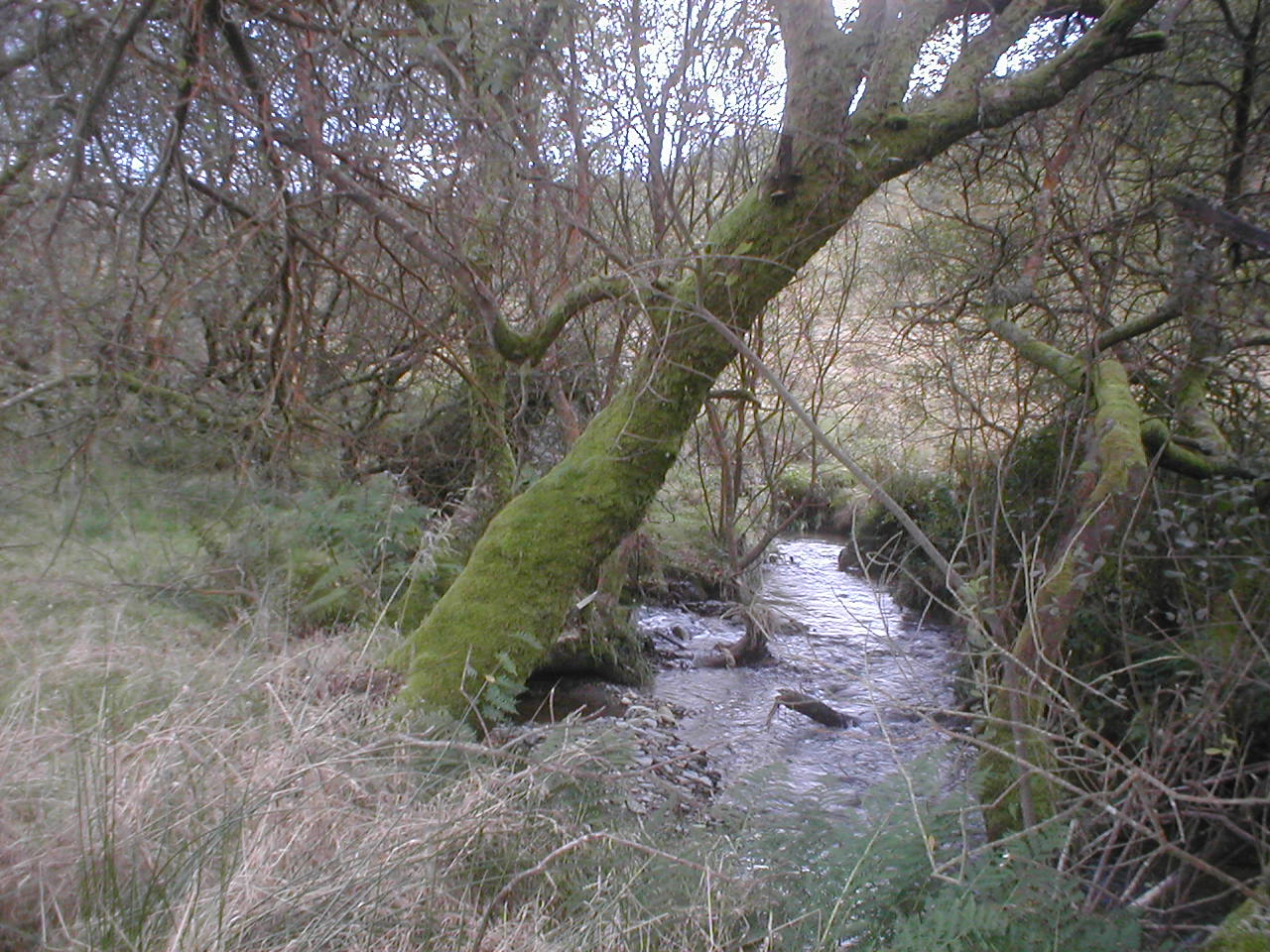Willow
Helyg. Salix
There are 18 different species of willow native to Britain and Ireland, most notably crack, goat, bay, white willow and osier. Goat willow is one of the earliest trees to awaken in Spring. Its silver, downy male catkins develop into pyramidal sprays of yellow headed stamens which provide an early source of pollen for bees. The longer, green female catkins develop on a separate tree. After pollination by wind, tiny fluffy seeds develop. The lightness of willow seed enables it to disperse far and wide, colonising new ground and making it a pioneer species. Willow particularly like moist soil disturbed by rooting animals, populating swiftly to form invaluable scrub for wildlife. Willow hosts more invertebrates than any other tree species, with 450 different insect species using willow for their life cycle. Often the main trunk will topple over and from it a forest of new stems (withies) sprout. This regenerative capacity has led to willow being a commonly coppiced tree.
Willow wood is very tough and has traditionally been used for clogs, cricket bats, rafters, and floors. Willow withies are used for making baskets and hurdles. The bark of willow contains high levels of salicin which converts to salicylic acid once digested. This is a powerful pain reliever and is the compound from which aspirin is derived. Additionally, willow is effective in the treatment of fever, inflammation, arthritis and rheumatism.
Status at Cambrian Wildwood: Present

